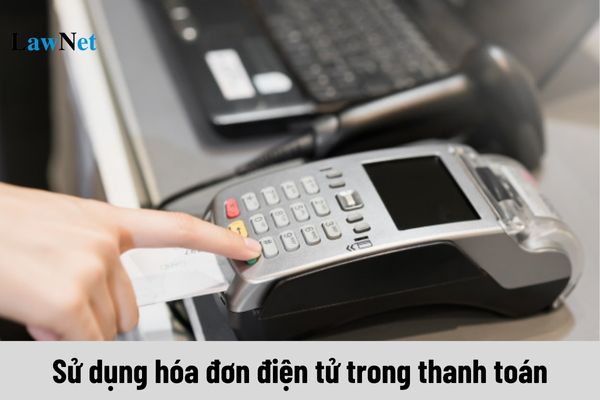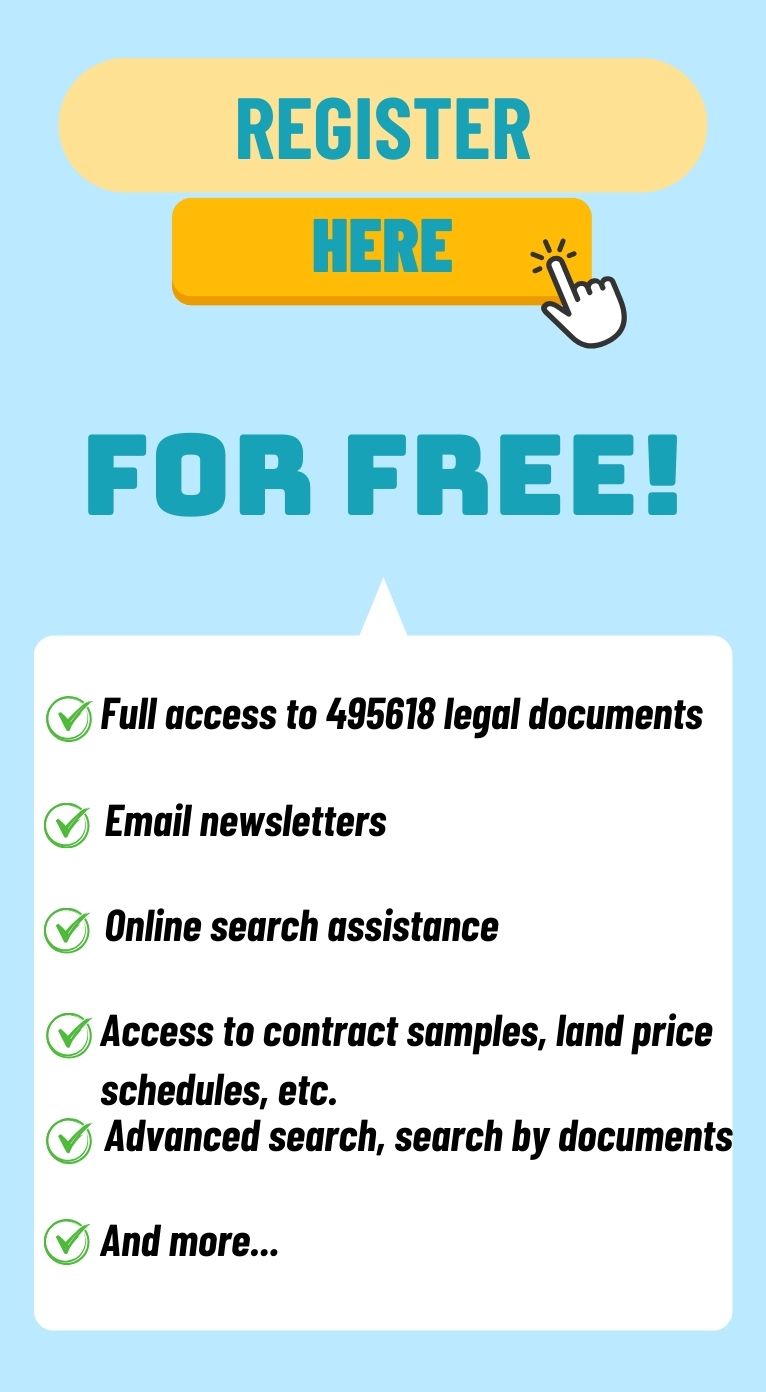Which entities may use e-invoices in payment using POS cash registers in Vietnam?
Which entities may use e-invoices in payment using POS cash registers in Vietnam?
Pursuant to Clause 2, Article 90 of the 2019 Law on Tax Administration, the principles for creating, managing, and using e-invoices are stipulated as follows:
Principles for Creating, Managing, and Using e-invoices
...
2. In cases where the seller uses a POS cash register, the seller must register to use e-invoices created from the POS cash register, which is connected to the e-data transmission system with the tax authority.
...
Additionally, Article 8 of Circular 78/2021/TT-BTC stipulates as follows:
E-invoices with Tax Authority Codes Created from POS cash registers Connected to the Tax Authority
1. e-invoices with tax authority codes created from POS cash registers connected to the tax authority must comply with the principles stipulated in Article 11 of Decree 123/2020/ND-CP.
2. Enterprises, households, and individuals conducting business, filing taxes under the declaration method, and operating in the provision of goods and services directly to consumers through business models (shopping centers; supermarkets; retailing consumer goods; dining; restaurants; hotels; retailing pharmaceuticals; entertainment services, and other services) are eligible to choose to use e-invoices created from POS cash registers connected to the tax authority or e-invoices with codes, or e-invoices without codes.
3. e-invoices with tax authority codes created from POS cash registers connected to the tax authority must include the following details:
a) Name, address, and tax code of the seller;
b) Information of the buyer if requested (personal identification number or tax code);
c) Name of goods, services, unit price, quantity, payment price. In cases where organizations and enterprises file taxes under the credit method, the selling price without VAT, VAT rate, VAT amount, and total payment amount including VAT must be clearly stated;
d) Time of invoice issuance;
đ) Code of the tax authority.
4. The tax authority's code issuance system for e-invoices created from POS cash registers connected to the tax authority: The tax authority code is automatically issued, in a character sequence for each business establishment outlined in Clause 2 of this Article upon registration to use e-invoices with tax authority codes created from POS cash registers connected to the tax authority, ensuring no duplication.
...
Thus, enterprises, households, and individuals conducting business, filing taxes under the declaration method, and operating in the provision of goods and services directly to consumers through business models (shopping centers; supermarkets; retailing consumer goods; etc.) are eligible to choose to use e-invoices created from POS cash registers connected to the tax authority or e-invoices with codes, or e-invoices without codes.
e-invoices in payment using POS cash registers connected to the tax authority comprise the following contents:
- Name, address, and tax code of the seller;
- Information of the buyer if requested (personal identification number or tax code);
- Name of goods, services, unit price, quantity, payment price. In cases where organizations and enterprises file taxes under the credit method, the selling price without VAT, VAT rate, VAT amount, and total payment amount including VAT must be clearly stated;
- Time of invoice issuance;
- Code of the tax authority.

Which entities may use e-invoices in payment using POS cash registers in Vietnam? (Image from the Internet)
Vietnam: What is a legal e-Invoice?
According to the provisions of Clause 2, Article 3 of Decree 123/2020/ND-CP:
An e-invoice is an invoice that contains or does not contain a tax authority's code, which is displayed in e-data form by the organizations and individuals selling goods and providing services by e-means to record information of goods sale and service provision as regulated by the laws on accounting and taxation, including cases where invoices are created from POS cash registers connected to the tax authority, where:
(i) An e-invoice with a tax authority's code is an e-invoice that is issued a code by the tax authority before the organizations and individuals selling goods and providing services send it to the buyer.
The code of the tax authority on the e-invoice includes a transaction number, which is a unique sequence of numbers created by the tax authority's system, and a sequence of characters encoded by the tax authority based on the seller's information stated on the invoice.
(ii) An e-invoice without a tax authority's code is an e-invoice issued by the organizations selling goods and providing services sent to the buyer without a tax authority's code.
In addition, under Clause 7, Article 3 of Decree 123/2020/ND-CP, a legal e-invoice is an invoice that is correct and fully complies with the form and content as prescribed in Decree 123/2020/ND-CP.
Is it allowed to record decimals on e-invoices in Vietnam?
Pursuant to Point b, Clause 13, Article 10 of Decree 123/2020/ND-CP stipulating the contents of the invoice:
Contents of the Invoice
...
13. Language, numerals, and currency displayed on the invoice
a) The language displayed on the invoice is Vietnamese. In case there is a need to add foreign languages, the foreign language should be placed on the right in parentheses ( ) or right below the Vietnamese line, with a smaller font size than the Vietnamese text. In cases where characters on the invoice are non-accented Vietnamese, it must be ensured that the unaccented characters do not lead to misunderstanding of the invoice content.
b) The numerals displayed on the invoice are Arabic numerals: 0, 1, 2, 3, 4, 5, 6, 7, 8, 9. The seller may choose: after the thousand, million, billion, thousand billion, trillion, quadrillion, quintillion digit, a period (.) must be placed, if there are numerals after the unit digit, a comma (,) must be placed after the unit digit, or use a comma (,) as the natural number separator after the thousand, million, billion, thousand billion, trillion, quadrillion, quintillion digit and use a period (.) after the unit digit on accounting documents.
c) The currency recorded on the invoice is Vietnamese Dong, the national symbol is "đ".
- In cases where economic and financial transactions arise in foreign currency as regulated by foreign exchange law, unit price, payment amount, total value-added tax amount according to each tax rate, total value-added tax amount, total payment amount should be recorded in foreign currency, with the foreign currency unit specified. The seller simultaneously displays on the invoice the exchange rate of foreign currency to Vietnamese Dong according to the exchange rate regulation under the Law on Tax Administration and guiding documents.
- Foreign currency symbol codes follow international standards (e.g., 13,800.25 USD - Thirteen thousand eight hundred U.S. dollars and twenty-five cents, e.g., 5,000.50 EUR- Five thousand euros and fifty cents).
- In cases where goods are sold arising in foreign currency as regulated by foreign exchange law and taxes are paid in foreign currency, the total payment amount on the invoice is reflected in foreign currency, without needing to convert to Vietnamese Dong.
Thus, the above regulation allows the recording of numerals after the unit digit on the invoice, including e-invoices.
Therefore, displaying decimal digits on e-invoices is compliant with legal regulations.

